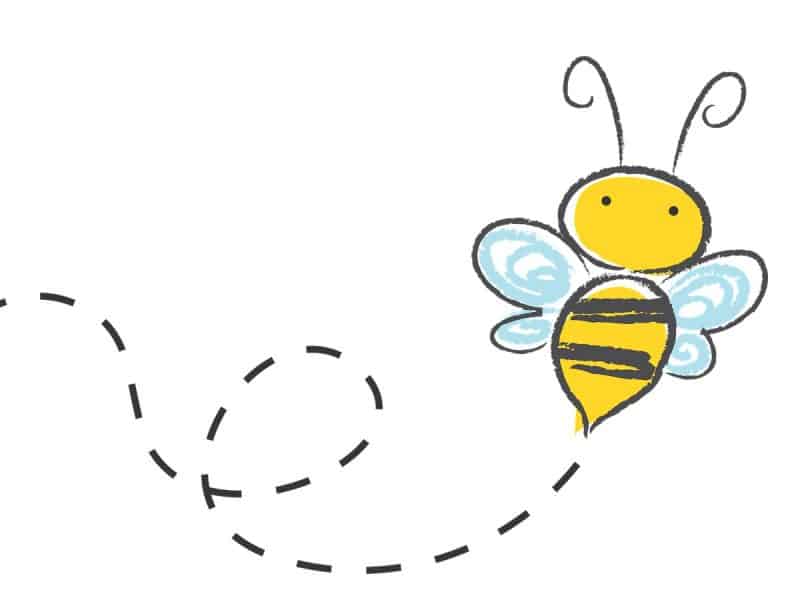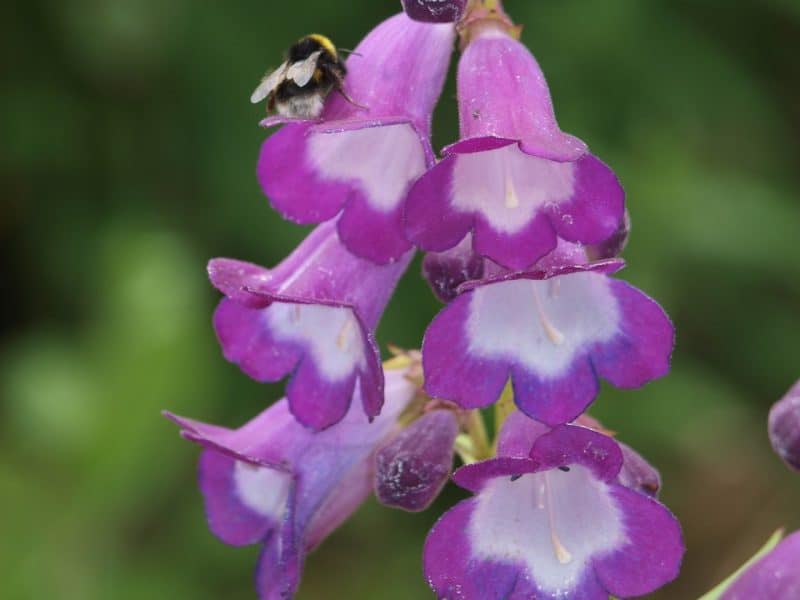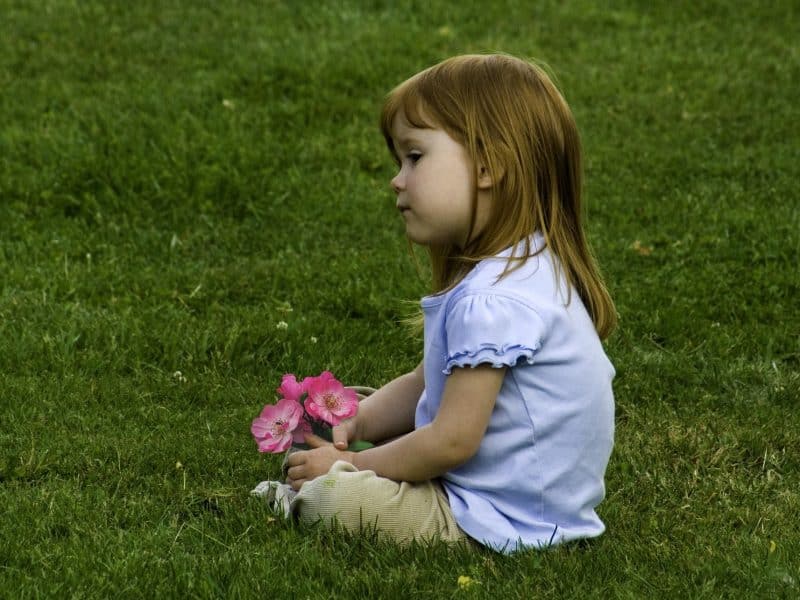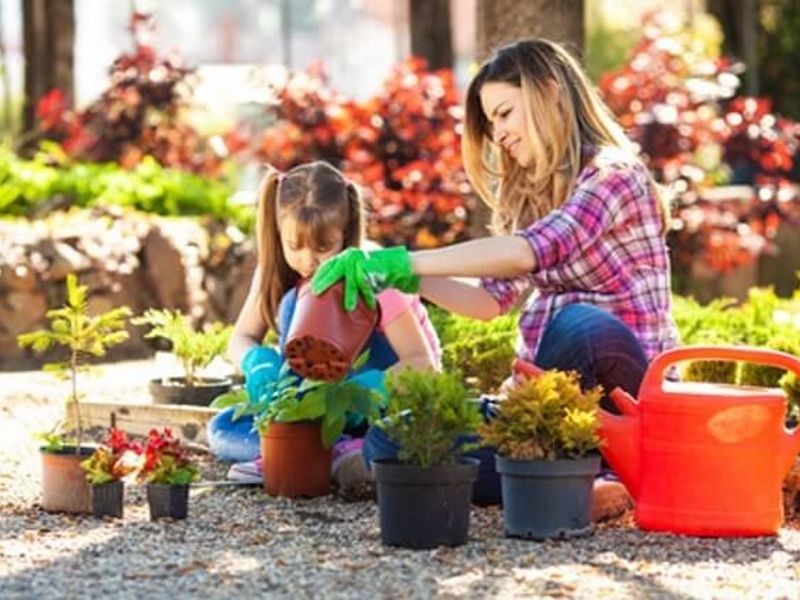Bees have been much in the news of late with a petition signed and presented to Parliament and the Government placing the EU temporary ban on the use of neonictinoides when spraying crops. In true British fashion, there were protests and demonstrations, often with an element of humour. I have a friend who dressed as bee and paraded with others dressed as bees and flowers singing “Give Bees a Chance”.

There has been a decline in our native bees not just because of crop spraying and pesticides but also because so many of our hedgerows and woodlands have been lost and with them the loss of wild flowers. In spite of this the wonderful soporific sound of buzzing bees can still be heard in gardens and countryside. The sound of birdsong and buzzing bees, and the scent of flowers and new mown grass is quintessentially British.
Even if you live in a city or town and do not have a garden, bees, especially bumble bees can still be found and once you start to notice them and notice the difference between the types it can become quite a quest.
Children are very observant and I find very quickly become interested in nature and insects. Insects live interesting lives with murder, violence, love, selfless dedication and courage to rival any sci-fi or video game.
This makes them an easy subject to give little snippets of information to children; just enough to kindle an interest and not too much to put them off. This is a lovely site with lots of videos to watch.
What’s this got to do with smelly feet?
Now for the title of this blog. The queen bumble bee lay her eggs in the spring and then has to keep the nest at a constant 30C even when the temperature outside falls to freezing. To do this the queen sits on her eggs, rather like a bird, and shivers her muscles to generate heat. This takes a lot of energy and the bee needs to visit 6,000 (yes six thousand!) flowers a day.
Now for her smelly feet; when she has drained a flower of nectar she leaves behind smelly little foot prints so that she or another bee knows that flower has been drained and won’t waste time and energy trying to find the nectar. So if you see a bee visit a flower and leave straight away you know why.

Another thing that fascinates children is to read the flowers and see how they have left a “road map” for the bees to follow to find the nectar. The foxglove is one of the easiest flowers to read. You can see the little stepping stone maps for the bees to follow.
Even the humble weeds growing in cracks in pavements or exotic plants in far away places do the same.
Enjoy the summer and happy hunting – for bees, flowers and weeds – wherever you are.

